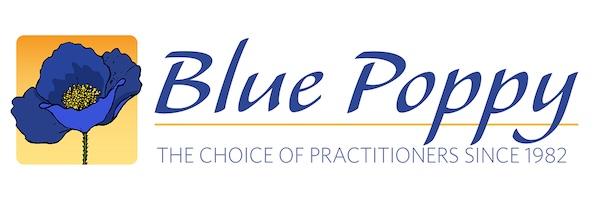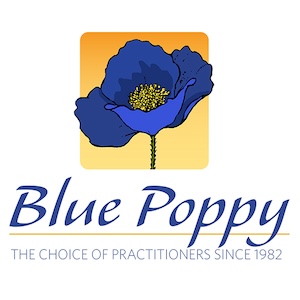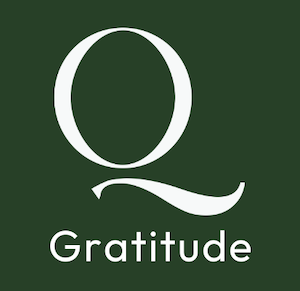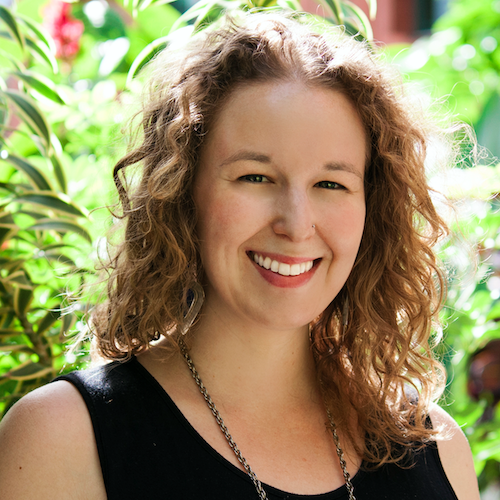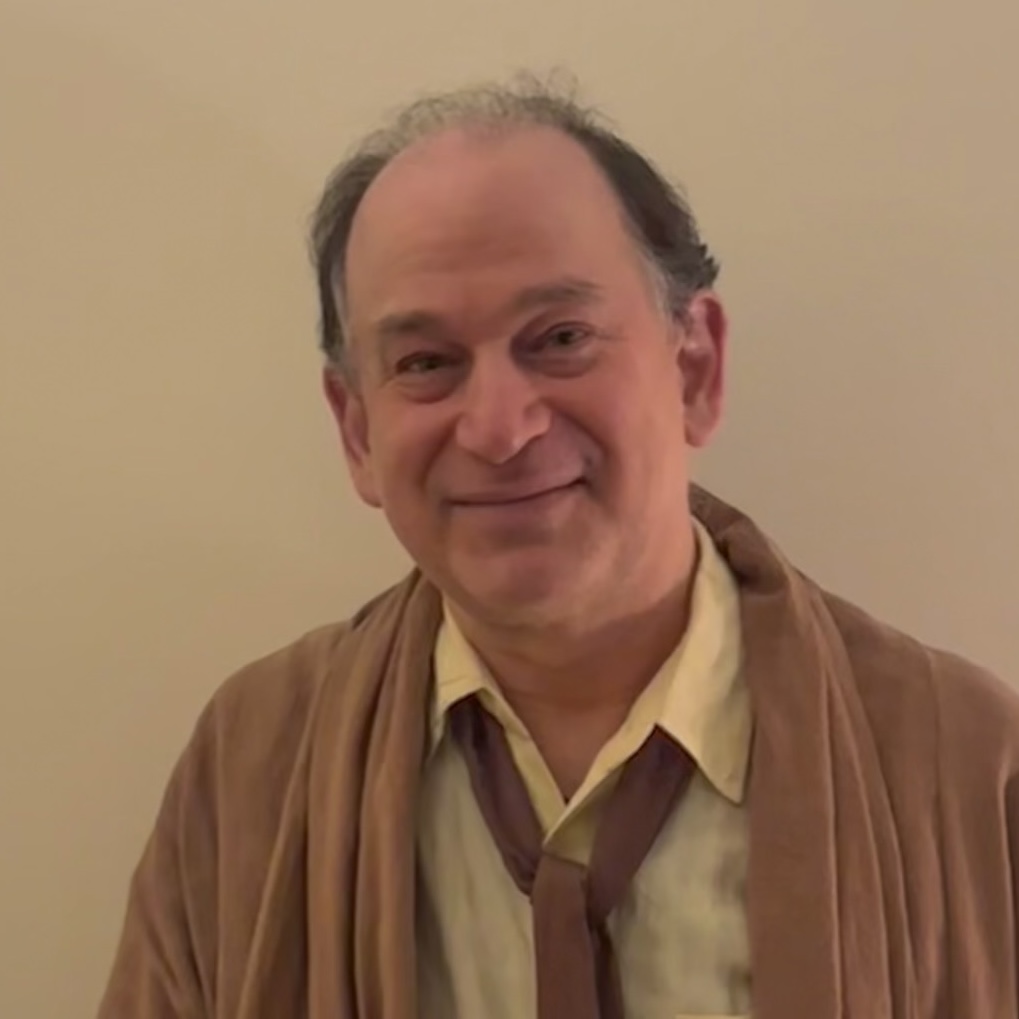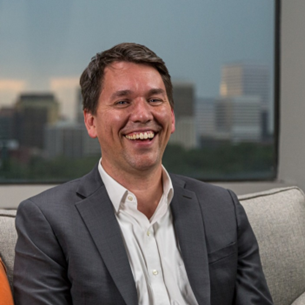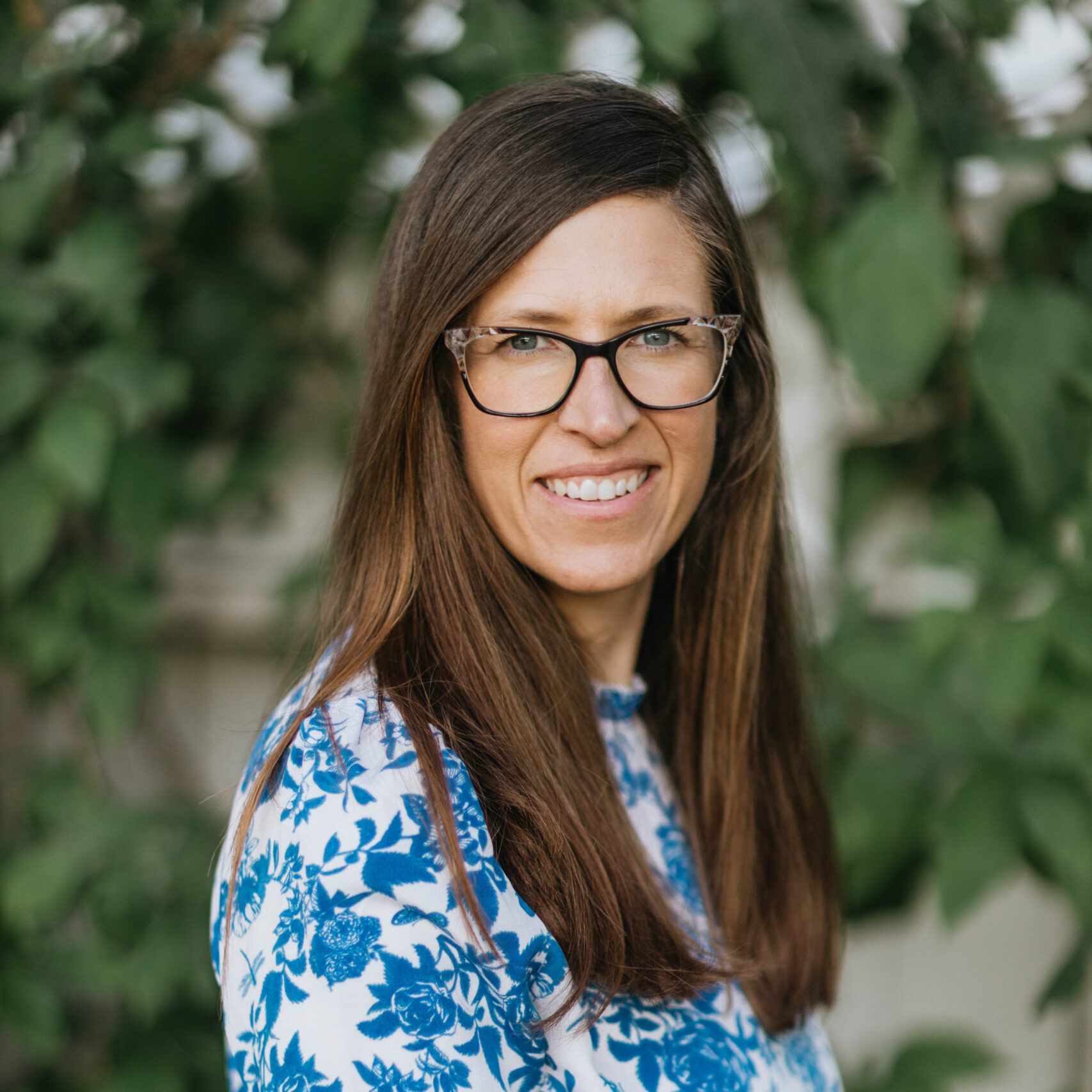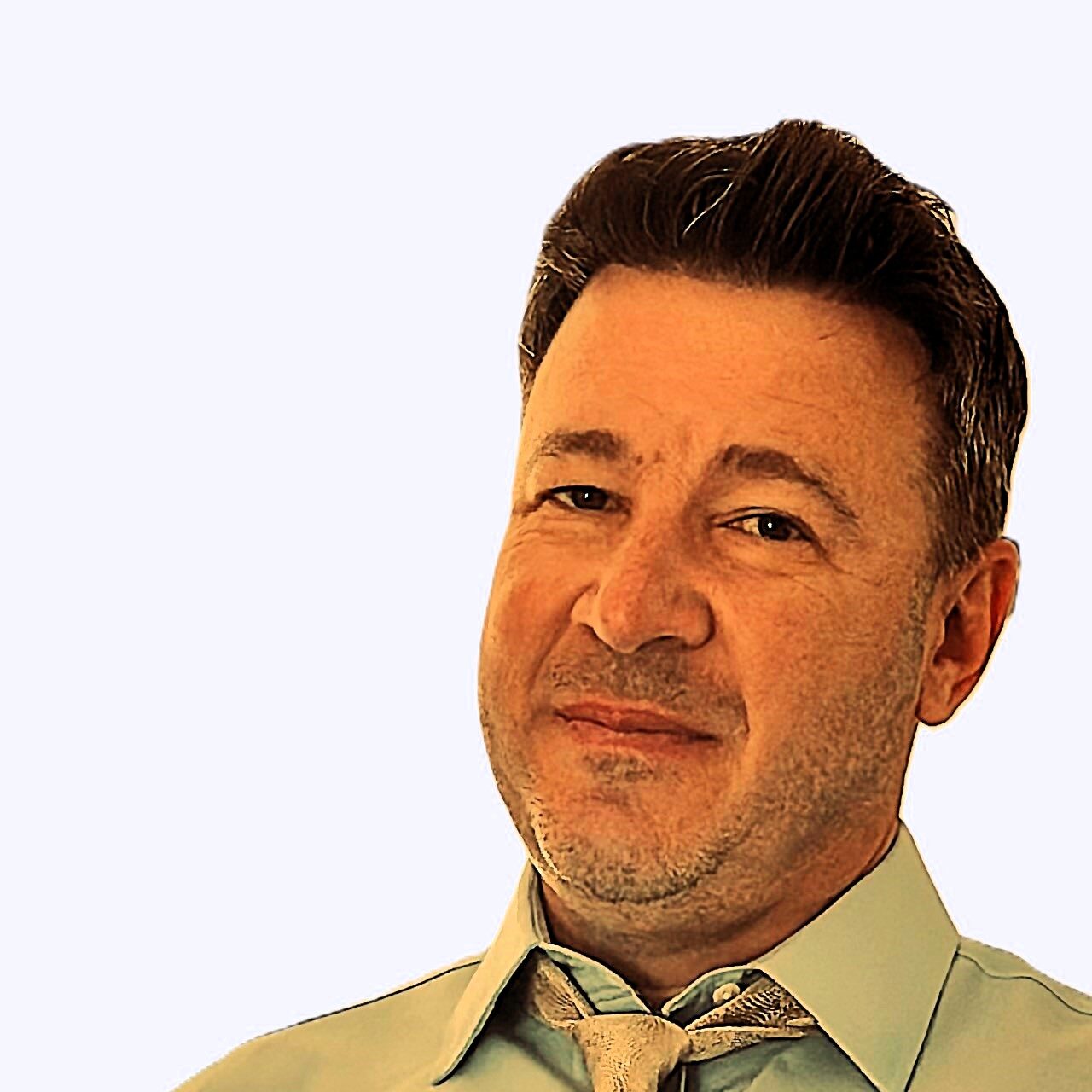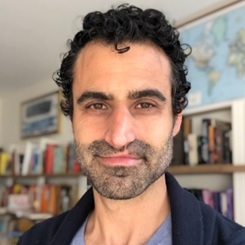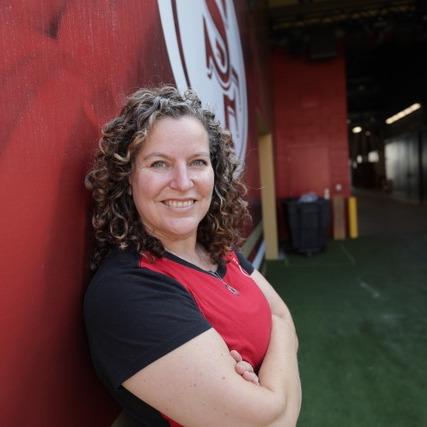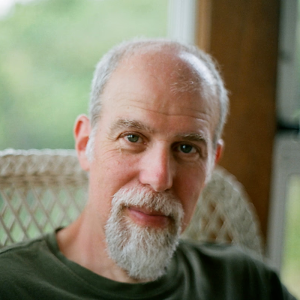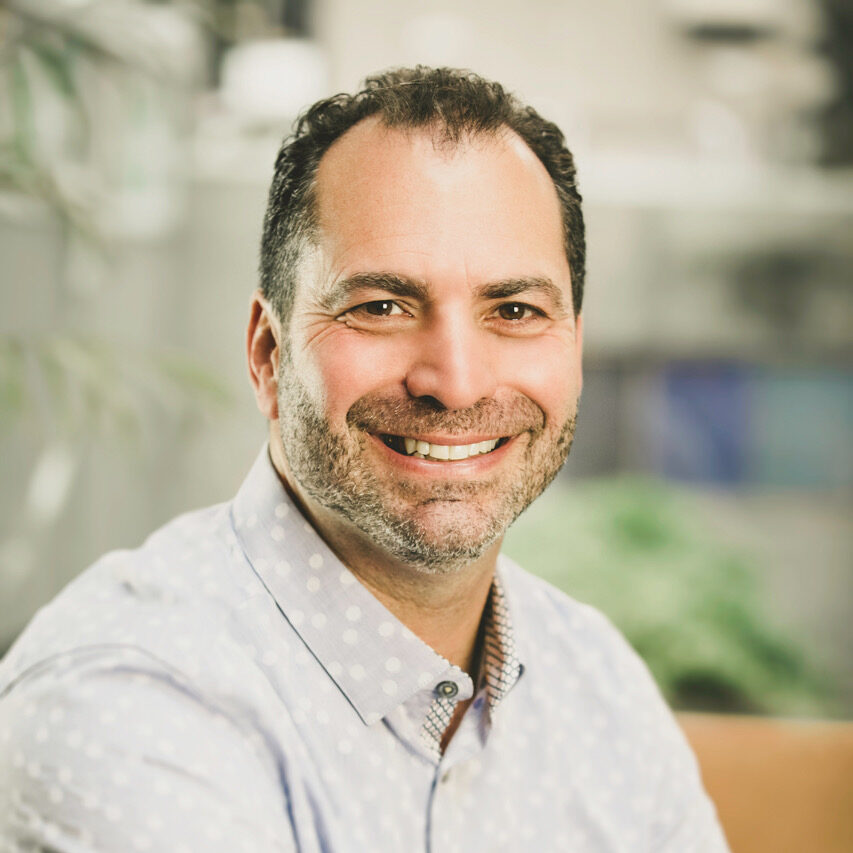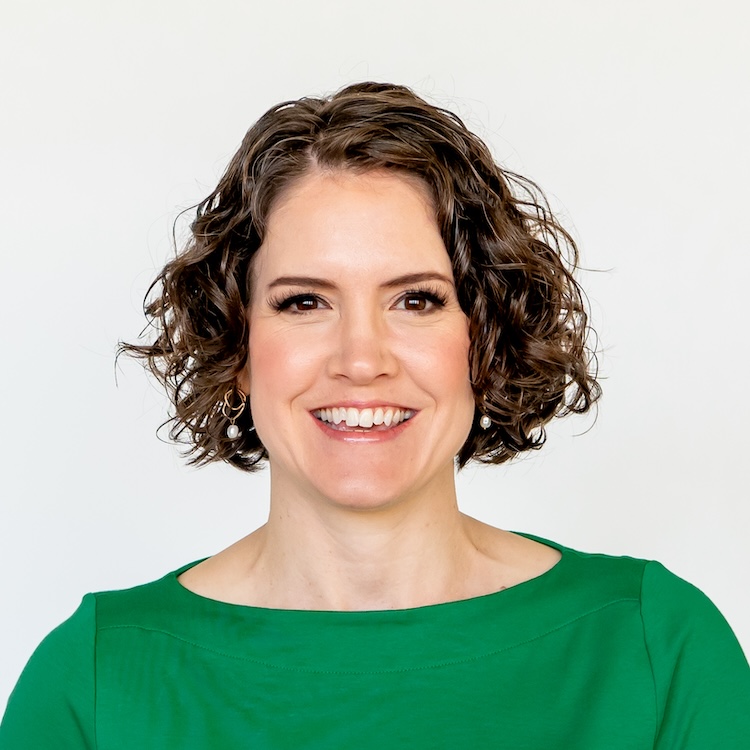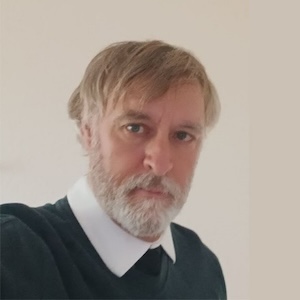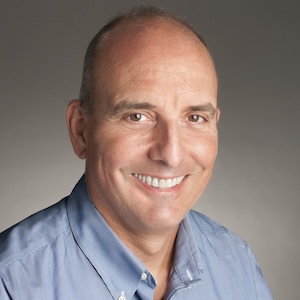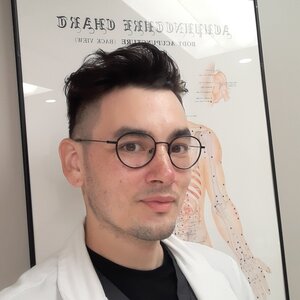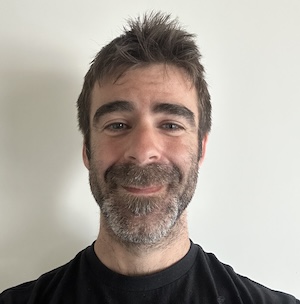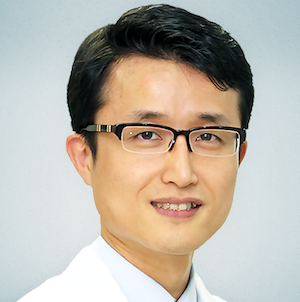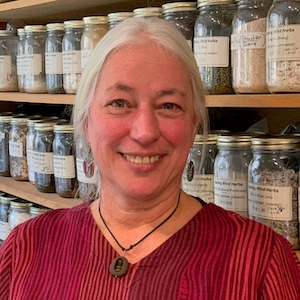We have the two of yin and yang, the three of the jing, qi, shen, the four levels of pathogenic invasion from the Wen Bing, the Five Phases of the Wu Xing and the Six Elements— wait a minute, Six Elements?
Have you ever wondered why the Classics speak to the Five Zang and Six Fu? Especially when we have an equal balance of yin and yang meridians. And what is going on with those two troublesome organs, the Triple Burner and Pericardium that have a “function” but no form? Furthermore, have ever wondered how it is that Fire gets four organs, but all the other elements only two?
Our guest in this conversation Slate Burris had those questions as well. He’s an inquisitive guy, so he went looking. What he found is surprising, and once pointed out— a bit obvious as well.
Listen into this conversation on the Sixth Element, how that can guide your clinical work, the power of palpation to track what is happening in the moment for patients, and how one needle in the right place can set off a domino effect that dramatically changes your patient’s physiology.
In This Conversation We Discuss:
- Slate’s journey into acupuncture, and the unexpected inspiration from the Su Wen
- The excitement and disappointment of acupuncture school
- Discovering and developing palpation
- Insights and nudges that lead to the development of Neoclasica Acupuntura
- The elements: metal and wood, fire and water, earth and heaven
- There are algorithms for that bespeak a hidden structure
- When unclear in clinic, turn down the volume, watch the action
- The mystery of the earth element
- Heaven and the sixth element
- Ministerial fire and consciousness
- The trouble with the pericardium and triple burner
- The sixth element theory
- Clinical application and the critical role of feedback
- Acupuncture is fun
Don't let theoretical beliefs overcome empirical observations. Always have some form of feedback, otherwise you are somewhat blind.
 Slate Burris, L.Ac
Slate Burris, L.Ac
After receiving my degree in Philosophy from Bucknell University, I worked over a decade in Europe, the Middle East, and Asia, staying for a year in China to study under the tutelage of Master Wang Si Ping, I later completed my Masters in Acupuncture and Oriental Medicine at Oregon College of Oriental Medicine, and later a Doctorate from Pacific College of Oriental medicine.
I was for several years an ardent student of Kiiko Matsumoto’s and Tung’s styles of acupuncture. Through studying the classics and an immense obsession with palpating the body in search of patterns, over the past decade and a half I developed a style called Neoclassical Acupuncture. This is a palpatory technique based on a 6 element model with instant results on both root and symptomatic levels.
In 2019 I published the book Neoclassical Acupuncture. A Russian translation of the same was released in September 2021. A Spanish version in 2023. I have trained 1000’s of acupuncturists in Europe, Asia, Africa, and North America in this unique palpatory style of acupuncture.
Links and Resources
Visit Slate on his website and learn more about Neo Classica Acupuntura.
Curious to see the work in action, Slate's YouTube channel will keep you busy for a while.
Reading more your thing? It's available on the Big River of Books.






